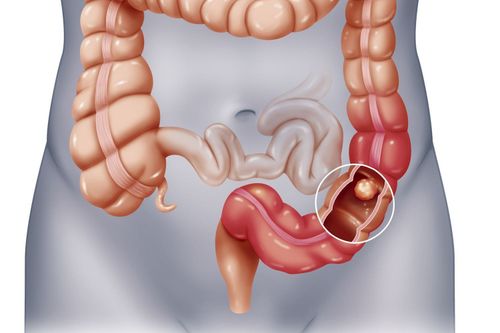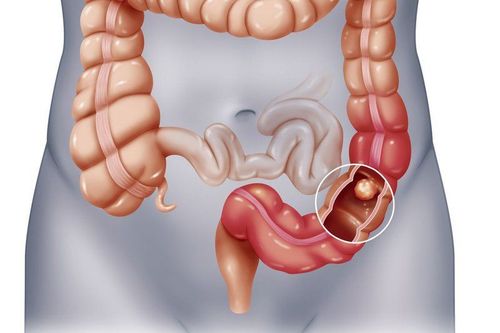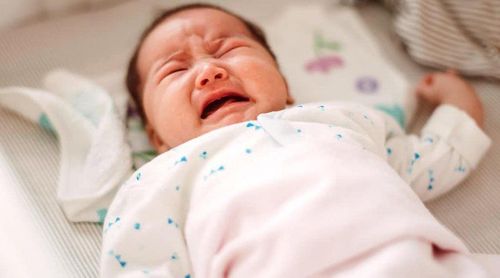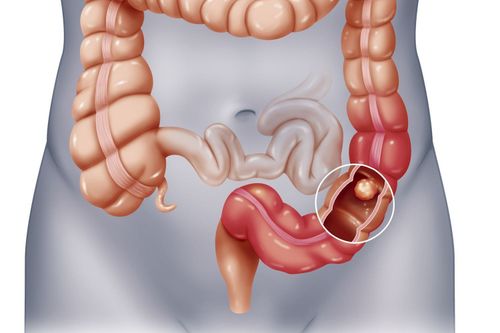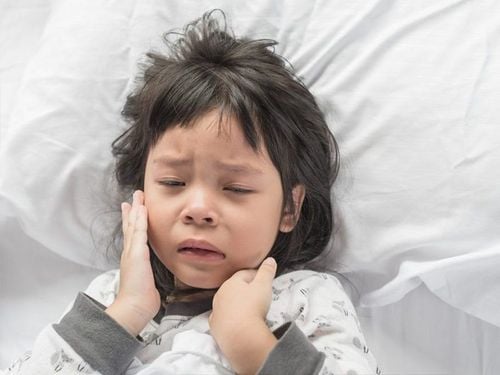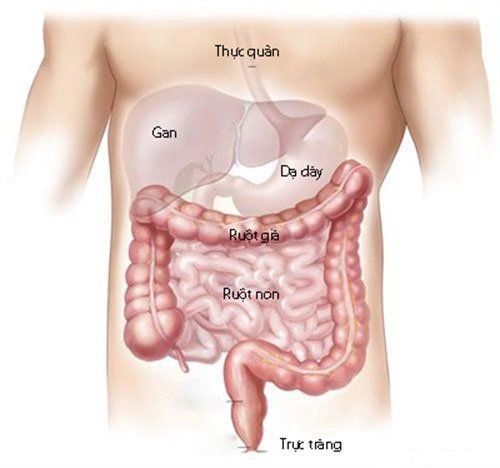This is an automatically translated article.
The article is professionally consulted by Master, Doctor Vu Huy Binh - Department of Medical Examination & Internal Medicine - Vinmec Hai Phong International General Hospital.Unlike intussusception in children, the cause is often unknown, intussusception in adults is most often caused by tumors, most often tumors in the small intestine and colon, in addition to mobile cecum, chronic ileocecal inflammation, mesenteric lymphadenitis, meckel's diverticulum.
1. Typical case of adults with intussusception
Intussusception in adults is an extremely rare disease. Unlike intussusception in young children, the treatment can be by intubation or surgery, while in adults, only surgery can completely solve the cause of the disease and avoid the risk of recurrence.2. Treatment of intussusception in adults with surgery only
Up to 90% of cases of children with intussusception have no known cause, while in adults, on the contrary, more than 90% of diseases are caused by tumors, tumors in the small intestine and colon are the main cause. Some other cases of intussusception were caused by meckel's diverticulum, mesenteric lymphadenitis, chronic ileocecal inflammation, and mobile cecum.Tumors causing intussusception in adults are mostly cancerous, so surgical treatment in combination with other methods is required. According to experience in diagnosis and treatment, most cases of tumors in the small intestine are benign, while colon tumors are usually malignant.
If the tumor causes intussusception due to polyps in Peutz-Jeghers syndrome, the patient may have bleeding complications, or recurrence, and even intussusception in different segments at the same time. Cases of tuberculous lymphadenitis, chronic ileocecal inflammation, and nonspecific lymphadenitis often cause increased and disturbed bowel motility, leading to intussusception.

Removal of the intussusception (fixation of the cecum), Hemicolectomy, Intestinal resection with intussusception The choice of surgical methods also depends on the patient's condition, the ability to anesthetize resuscitation and the experience of the physician.
If intussusception in adults is detected early, when the intussusception is not necrotic and peritonitis is present, preparatory surgery or emergency surgery will be highly effective. Surgery can both treat the intussusception and remove the cause.
If the tumor is in the cecum or right colon, with or without removing the right half of the colon, depending on the patient's health and conditions, the two ends can be connected or removed, then re-operated later.
If the patient has a tumor in the left colon, it is necessary to cut the left half of the colon with the tumor and then bring the two ends out to make an stoma. If it is due to a small bowel tumor, remove the intussusception along with the tumor. In case of intussusception due to multiple polyps, the intussusception will be removed (if not necrotic) and then the polyps will be removed by laparotomy, and if the intussusception is necrotic, if necrosis is suspected, the intestine must be resected immediately.
In cases of ileocecal intussusception or colonic intussusception, the intussusception will be resected, not removed, usually right or left hemicolectomy depending on the location and intestinal wall damage.
People with benign lesions in the small intestine and colon will have a small bowel resection or hemicolon to prevent recurrence of intussusception. For patients with intussusception at the ileocecal angle without tumor, it is only necessary to remove the intussusception, remove the appendix and fix the cecum and terminal ileum.
If the intussusception is caused by adhesions or inflammation, the adhesions must be removed, the intussusception removed and the cause treated. If the inflammation is caused by tuberculosis at the ileocecal angle, hemicolectomy should be combined with TB treatment. Intussusception in adults due to meckel's diverticulum with intussusception (necrotizing or impending intussusception) is reattached.
Thus, although the rate is not high, adults can also have intussusception, moreover, the disease can only be treated by surgical removal of the cause.
Please dial HOTLINE for more information or register for an appointment HERE. Download MyVinmec app to make appointments faster and to manage your bookings easily.





